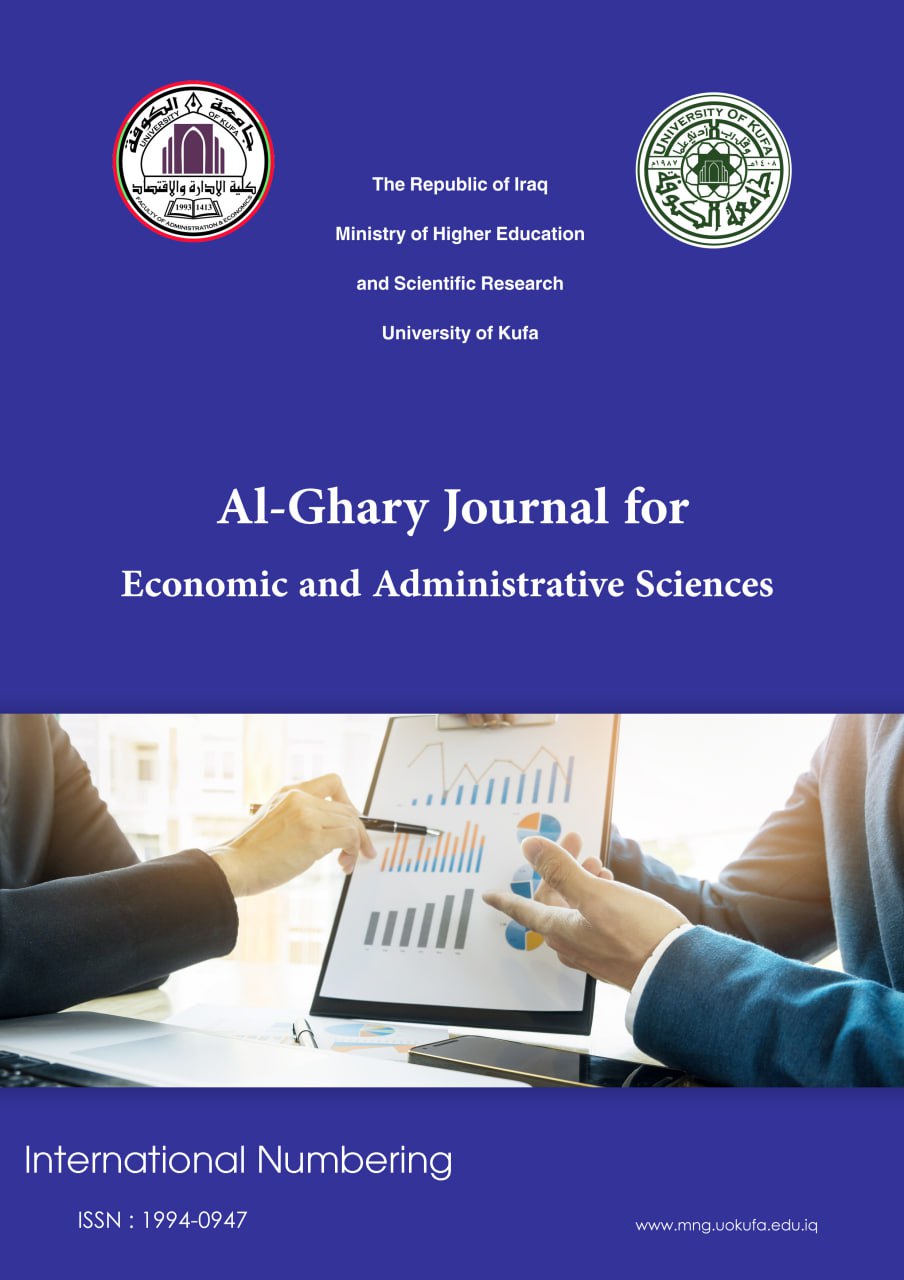Import Shocks in Iraq: Measurement and Analysis for the Period 2004-2020
DOI:
https://doi.org/10.36325/ghjec.v20i1.15610Keywords:
Import shocks, Iraq, Measurement and analysisAbstract
The research starts from the problem of lack of clarity that characterizes the fluctuations that affect imports, which generate shocks whose effects are reflected in all economic variables in Iraq. For the purpose of shedding light on this problem, the objectives of the research will be (analyzing the reality of imports in Iraq during the period (2004-2020), And analyzing economic exposure during the period studied for the same period above, and measuring import shocks in Iraq and analyzing them for the same period. The research is based on the hypothesis that: (Iraqi imports are exposed to a group of positive and negative shocks resulting from economic relations on the side of imports of their three types, private, governmental and total). The research reached the following results: The Iraqi economy was exposed to negative shocks during the years (2005, 2006, and 2009) as well as (2014-2016 and 2020). As for the remaining years of the studied period, they were exposed to positive shocks. Import shocks in Iraq were linked to two factors, the first is The political factor, as a result of the continuous wars that Iraq fought and the economic sanctions imposed on it over the past decades, the destruction of infrastructure, and the cessation of many production projects. The second factor is the almost complete dependence on the export of crude oil and the economy remaining vulnerable to fluctuations in oil prices.
Downloads
Downloads
Published
How to Cite
Issue
Section
License
Copyright (c) 2024 عبدالحسين جليل الغالبي ، براء ناظم عبود

This work is licensed under a Creative Commons Attribution 4.0 International License.
which allows users to copy and create excerpts and summaries, and thus create new scientific works from the article or modify it and benefit from the scientific material, provided that the user refers to the link to the original article









